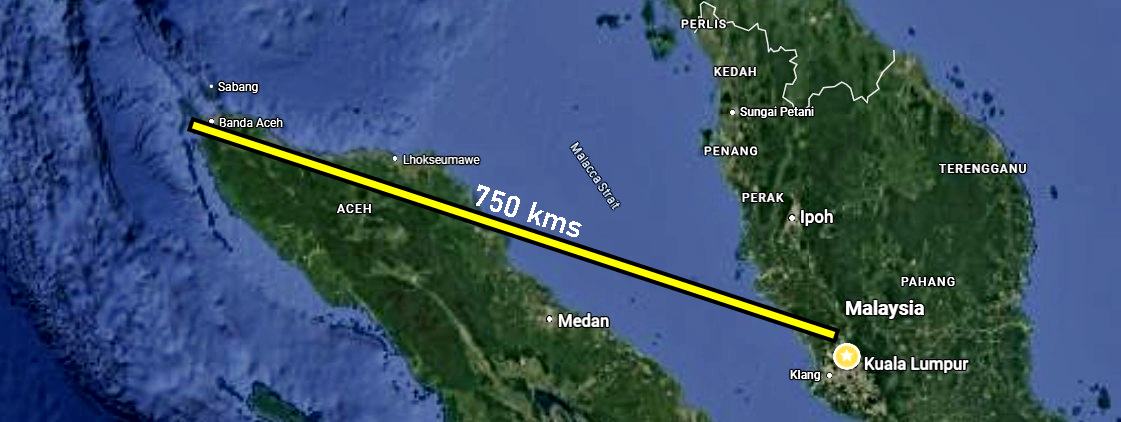In Malaysia, we are fortunate to be far away from the regions where the tectonic plates underground meet and crash against each other from time to time, creating earthquakes. Thus, we have not experienced any major earthquakes although small ones have been recorded as far back as 1922.
The strongest has been in Kudat, Sabah in 1923 where an earthquake with a magnitude of 6.6 struck. In more recent times, there have been earth movements in the Bukit Tinggi area in Pahang (2007 and 2008), while in 2015, the Ranau area in Sabah was hit by a 6.0 earthquake that caused much damage.
From time to time, earthquakes occurring in Indonesia have sent tremors that could be felt even in Kuala Lumpur. Even though there is a great distance from the site of the earthquakes, the shocks can still travel underground over great distances. This was apparent with the recent 7.7 magnitude earthquake in Myanmar which was also severely felt in Bangkok – almost 1,000 kms away.
No thoughts of preparation
The absence of any major earthquake causing disasters has meant that Malaysians generally do not think about them (though many would now have such concerns on their mind) or even prepare for such situations. It’s the same with not having any wars so we do not prepare for attacks. The last time there were air-raid drills was in the 1960s during the Confrontation period with Indonesia.
But earthquakes are unpredictable and though we are ‘safe’, they can still happen. The area off the coast of Sumatra is very active with many small earthquakes occurring and a very big one could send shock waves up to Peninsular Malaysia.

What to do
So keep in mind that it can happen and what you should do if it does. If you are in a car and the ground starts to move violently, the first thing would be to stop by the side. However, choose your stopping point thoughtfully – don’t stop near or under structures or trees, and certainly not under a bridge or flyover which could collapse. It is also not a good idea to rush to a building and better to remain in the open.

The ground movements could cause cracks in the road and if you are unlucky, your car might be near one and slide in, just like cars that drop into sinkholes. Think of your own safety (and others in the car) first and move far away from the cracks (which could enlarge). Experts recommend lowering your body instead of standing as the movements could make you lose your balance and you may fall and injure yourself.
Eventually, the initial shocks will stop but that doesn’t mean it’s over. There are usually ‘aftershocks’ that occur because the movements have not completely ended. So don’t be too relieved right away and remain calm. Aftershocks can occur even after many hours, though they may not be so intense.
Much of what you can do depends on the severity of the earthquake and what has happened to the surrounding areas. Hopefully, we do not have situations like what we have seen in Myanmar where there has been a lot of destruction. It would be good if you can call others to let them know you are okay, where you are and also check if they are okay.

